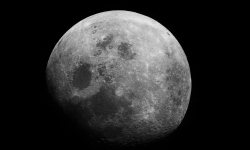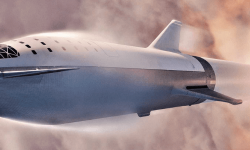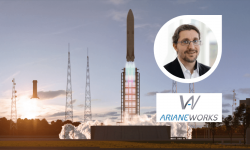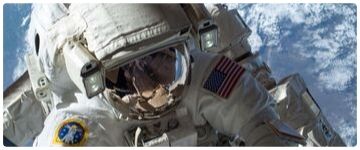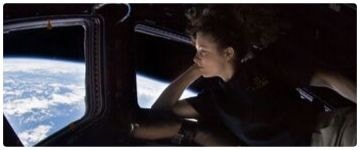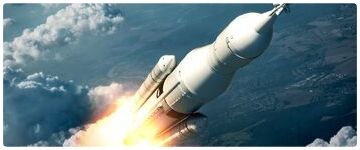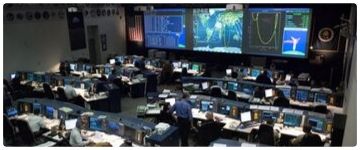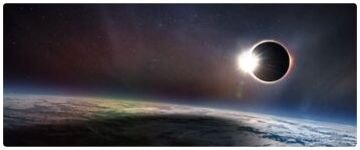
ESA is very active regarding its lunar program
– News of June 11, 2019 –
The Moon exploration is very trendy nowadays. More than a dozen public and private entities plan to land robots on the Moon in the next five years. Three manned flight programs are under development in the United States, China and Russia. It is almost like being back in the middle of the 1960s. The technological progress and the involvement of new players will however make this new rush towards the Moon more interesting.
In the midst of all this frenzy, ESA has developed a collaborative approach. A philosophy whose culminating point would be the Moon Village, a project to pool efforts on the surface of the Moon. More specifically, the European Space Agency is developing a service module for the Orion american spaceship, experiments for the Chang’e chinese program, or a drilling and analysis system for the Russian lunar exploration program, Luna 27.
For just over a year, ESA also hopes to bring back a sample of the Moon’s surface with the Heracles robotic mission in collaboration with JAXA and the Canadian Space Agency. This mission will use the LOP-G to simplify the return procedure within five to ten years. Heracles could thus take off on an Ariane 6. The mission would land a small rover on the surface of the Moon which will collect samples. The precious lunar rocks would then be put in a stage that would join the LOP-G. It would then be necessary to wait for astronauts to come and pick them up on board an Orion spaceship.
ESA and its two partners have never landed a lander on the surface of the Moon. It is therefore an extremely ambitious first mission. So far, Heracles is still in the study phase. We imagine that the partner space agencies are waiting to be sure that the LOP-G will be launched before releasing important funds.
The European Space Agency is also working on a new upper stage of Ariane 6 made in carbon fiber, named Icarus. It could allow the European launcher to significantly improve its performance towards the geostationary orbit or the Moon. Icarus might be able to launch Heracles. This new stage will be ready in the middle of the next decade.
Arianegroup published a few days ago a video showing this carbon fiber stage propelling a cargo spaceship towards the LOP-G. This spacecraft strongly looks like the ATV, the spacecraft that has supplied five times the International Space Station. No announcements were made with this video, so it may be only a wish of Arianegroup. But that may be interesting because ESA designs the service module of the Orion spacecraft.
This module is precisely based on the architecture of the ATV cargo spaceship, whose last flight took place five years ago. Converting the the ATV to supply the LOP-G might be less difficult than starting a new project from scratch. We imagine that it will greatly reduce the mass of the ATV because the version of the ATV that supplied the ISS had a mass of more than 20 tons at takeoff. Ariane 6 will not be able to send more than eight or nine tons to the Moon.

Arianegroup and ESA are working on a lunar mission
– News of January 22, 2019 –
Arianegroup has just launched a partnership with ESA to develop a lunar mission for 2025. It is a robotic mission focused on the use of local resources. The lunar regolith seems particularly interesting for Arianegroup since it is possible to extract water and oxygen, which are two of the most important resources to accompany a human presence.
This European lunar mission could be based on the latest work from ESA’s Seeds program. Each year, it brings together students at the end of the cycle to work on a particular theme of space exploration. In 2018, they worked on a concept of lunar outpost dedicated to the local production of propellants.
Having a source of propellant on the Moon would mean to be able to leave Earth with a lighter weight and take off with a rocket a little less massive. The electrolysis of water could provide the hydrogen and oxygen necessary for the operation of a rocket engine. We know that the craters of the Moon’s South Pole are home to ice water. By working with these elements, Arianegroup and ESA could design an important mission to prepare the return of man to the moon.
Image by Pixabay
